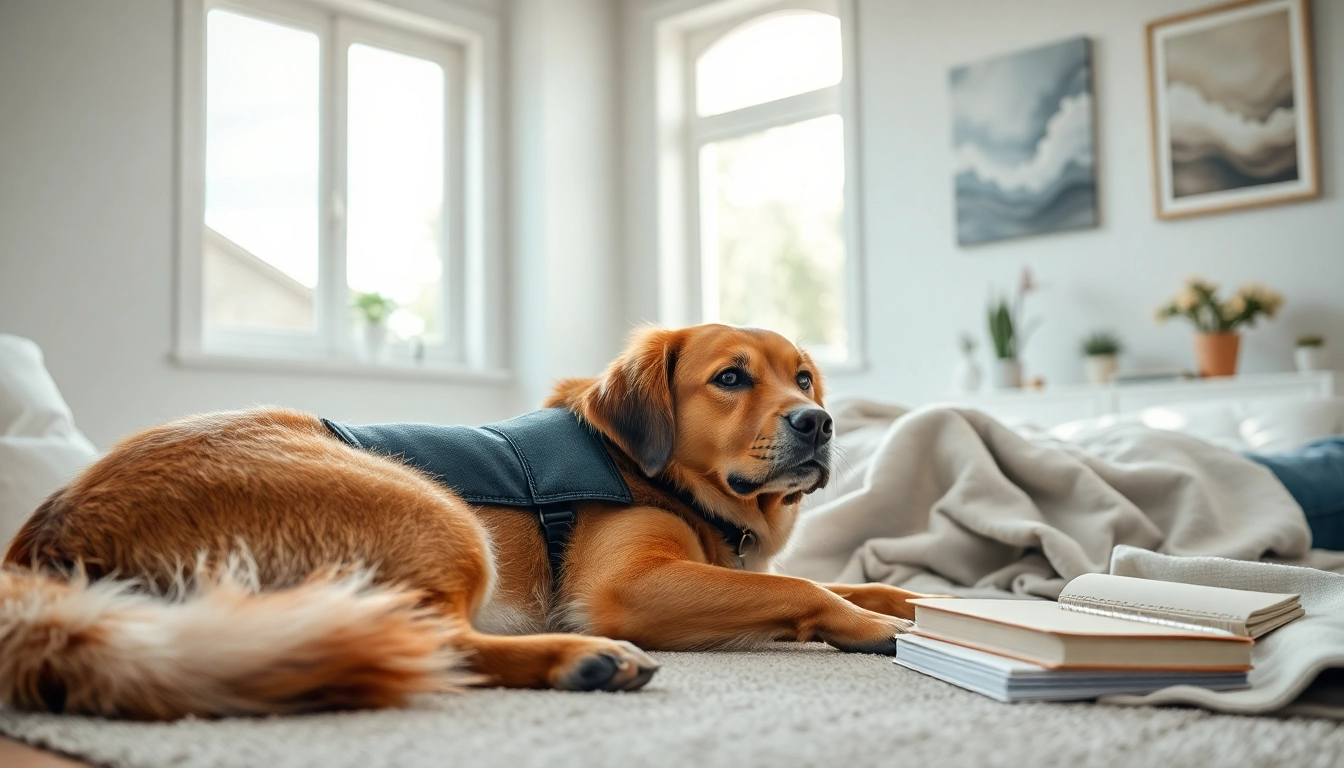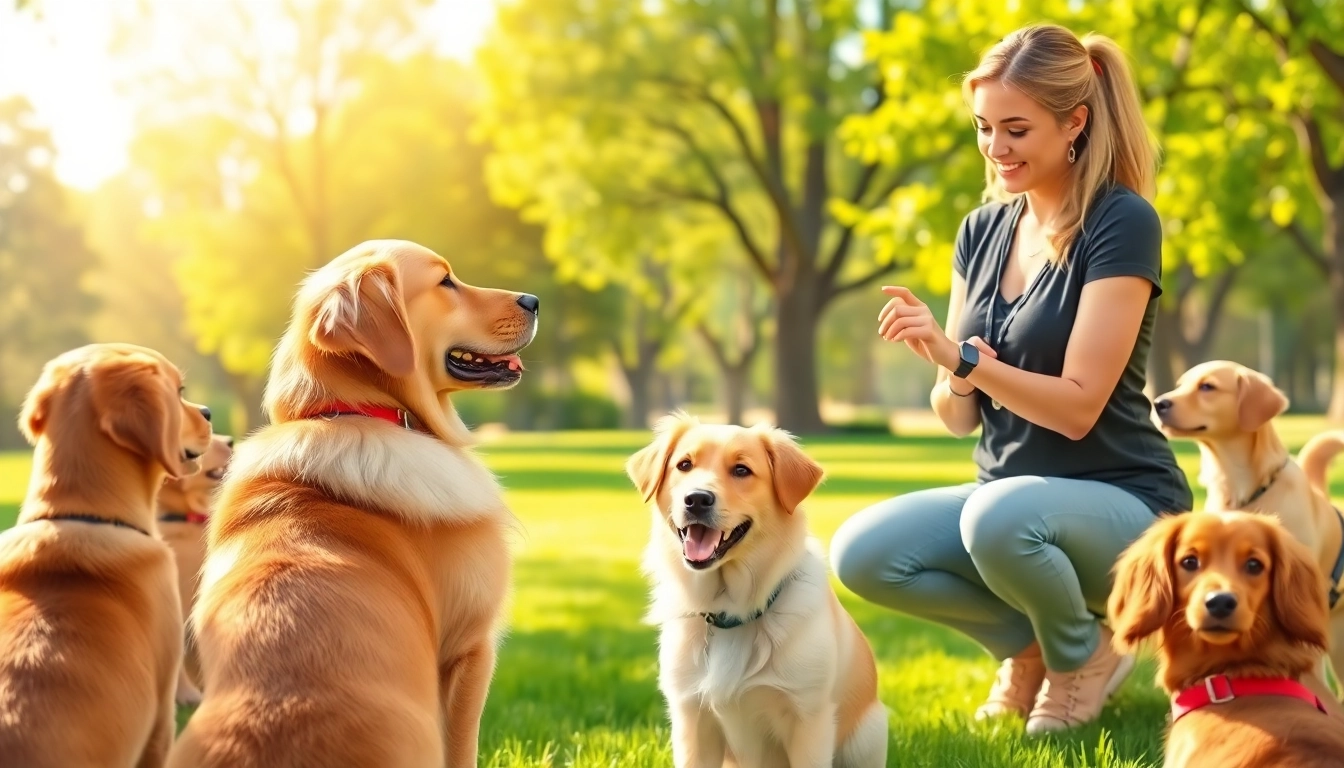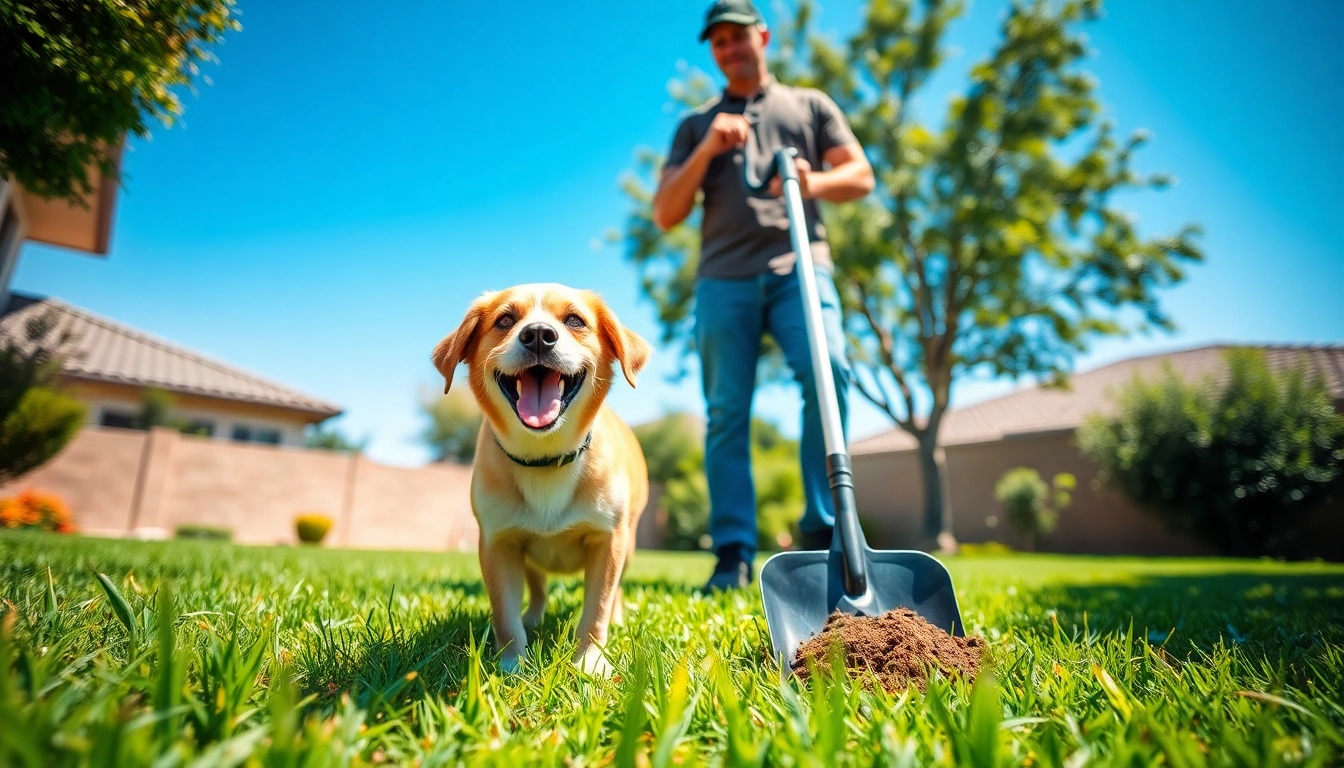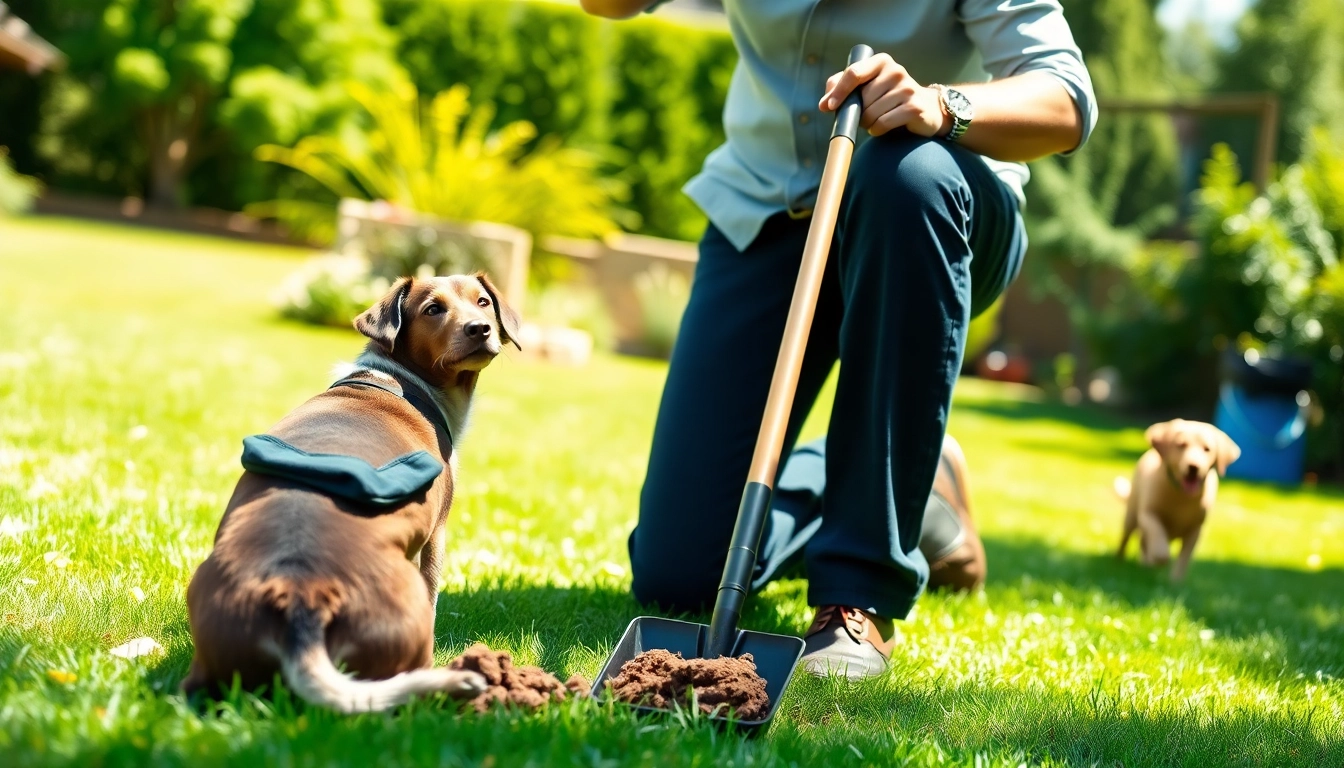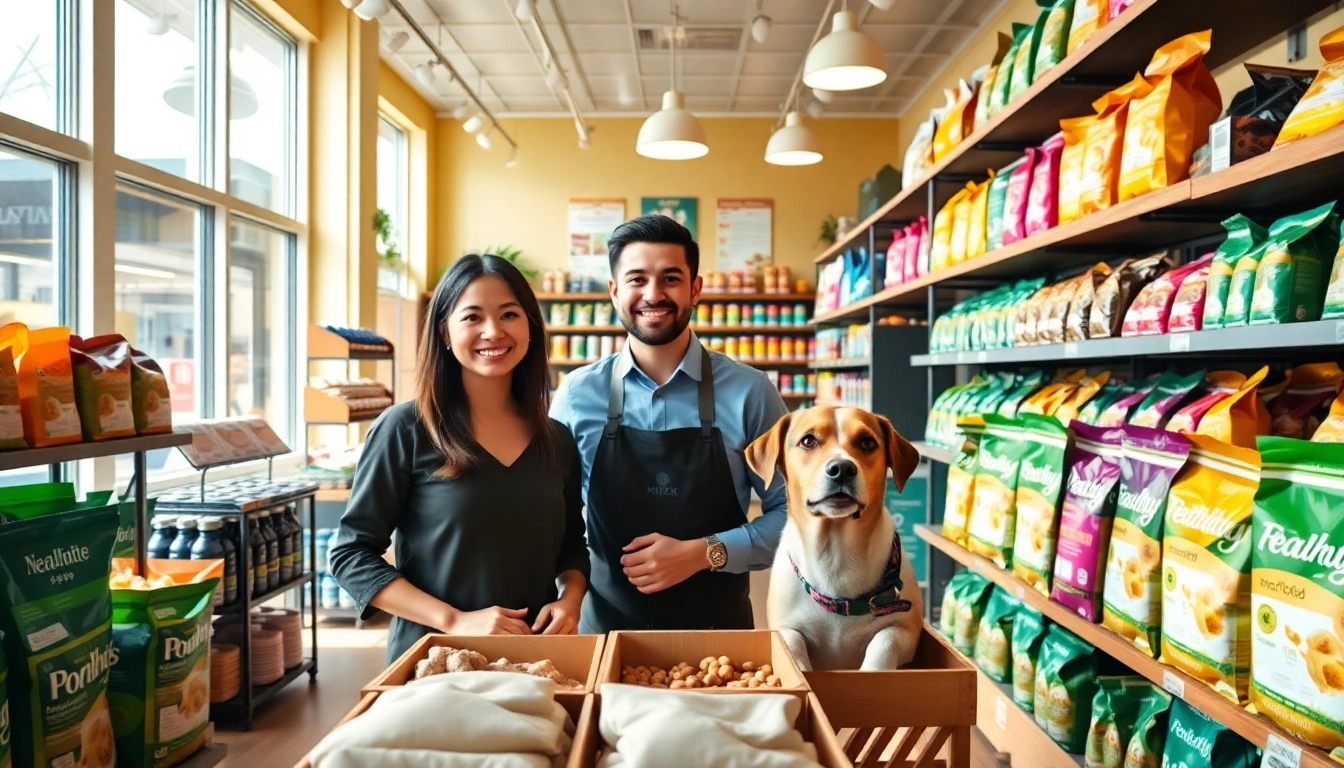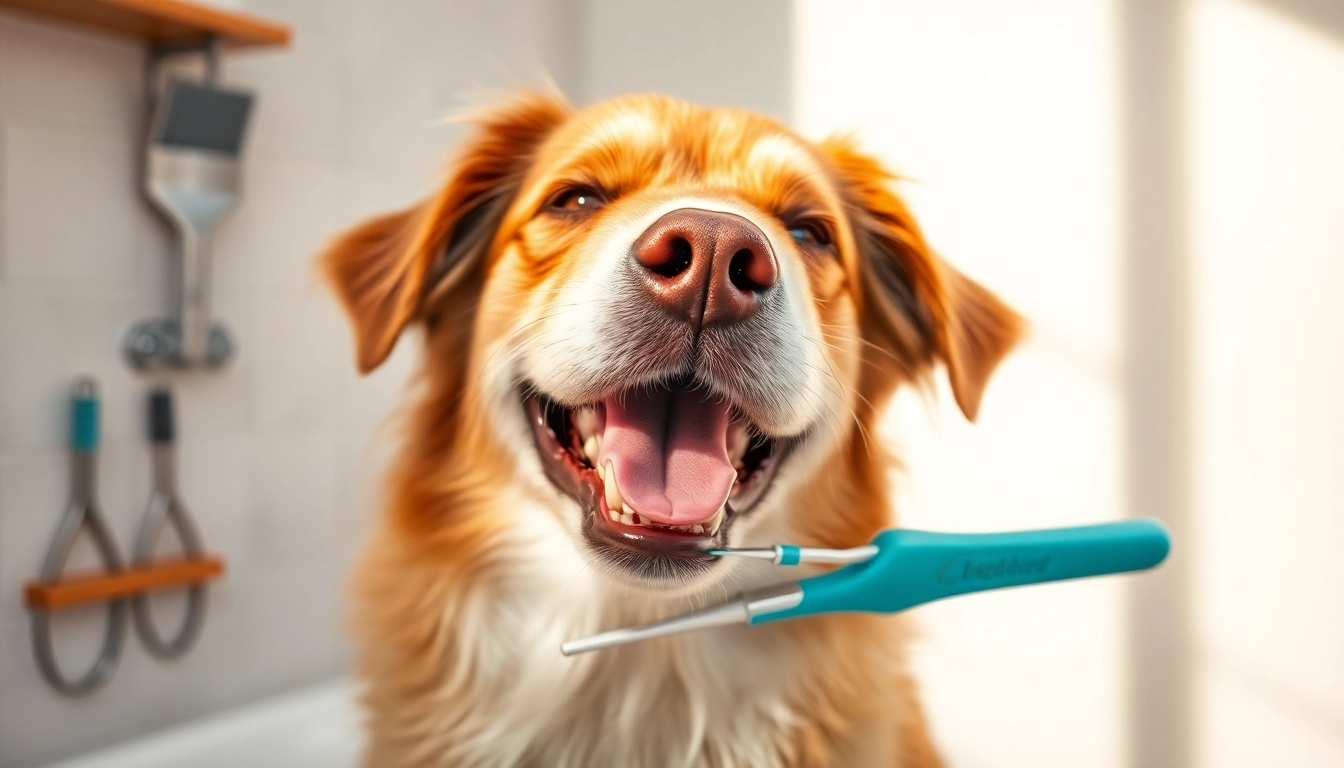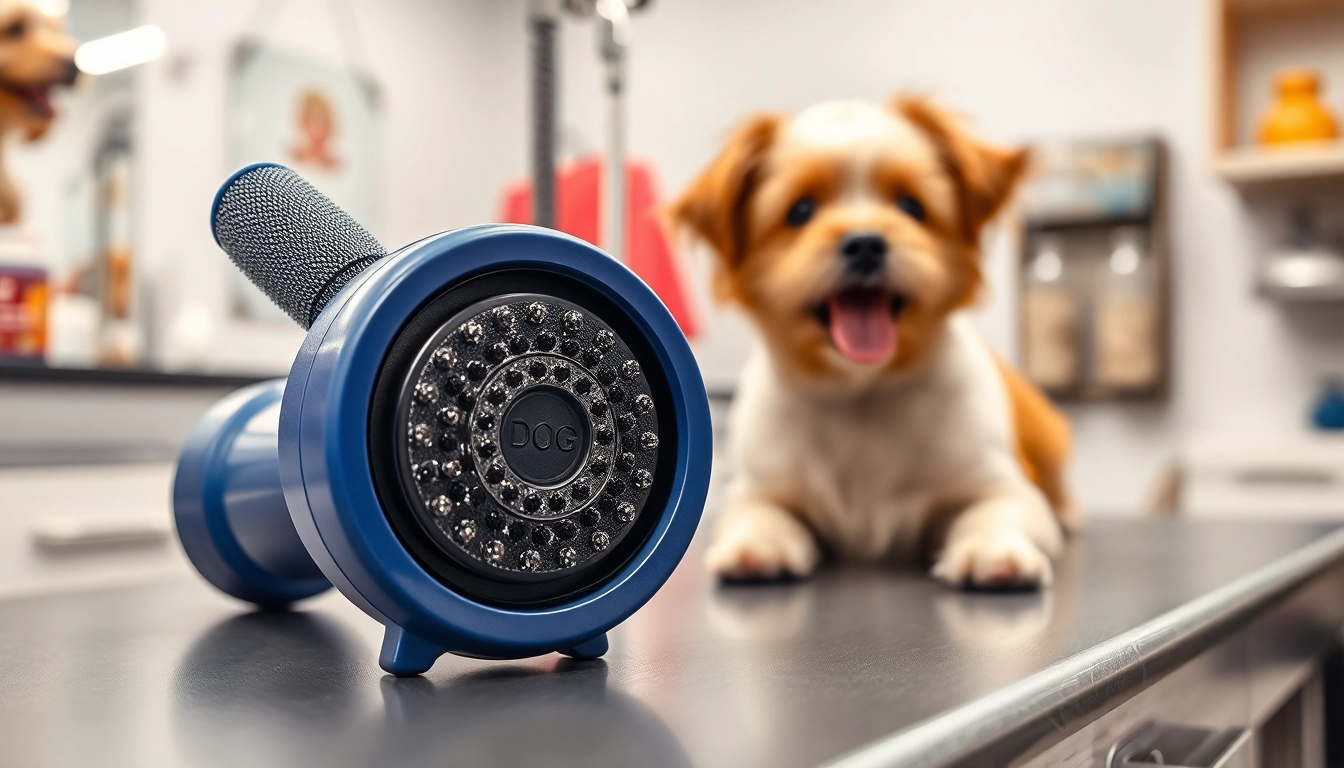Elevate Your Dog’s Nutrition with Badlands Ranch Superfood Complete
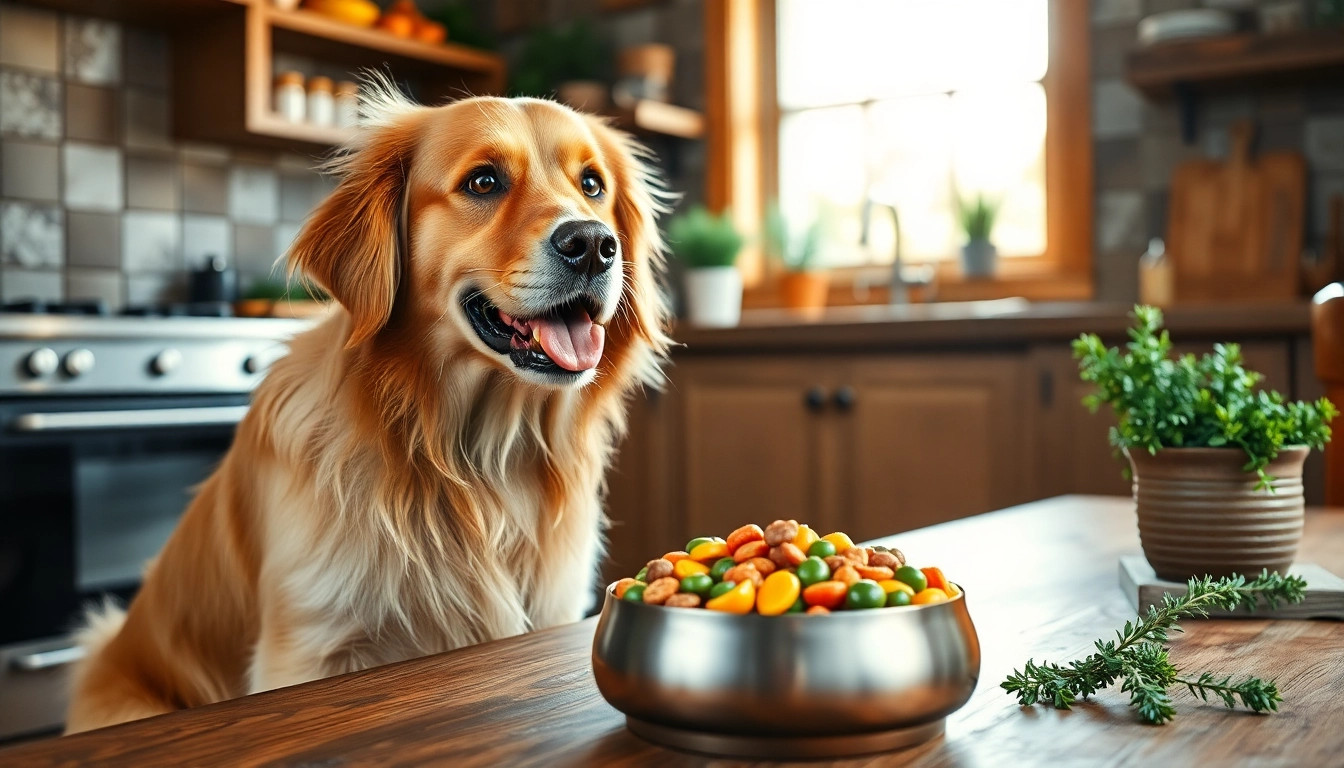
The Essentials of Badlands Ranch Superfood Complete
When it comes to dog nutrition, selecting the right food can significantly impact your furry friend’s overall health and well-being. The badlands ranch superfood complete is designed to meet these needs with a focus on high-quality ingredients and optimal nutrition. This article delves into the essentials of this superfood and why it may be the ideal choice for your pet.
Ingredients That Make a Difference
Understanding the ingredient list is crucial for any pet food. The badlands ranch superfood complete prides itself on using premium sources of protein and nutrient-dense components. Here’s a closer look at some of the standout ingredients:
- High-Quality Proteins: This formulation includes rich sources of animal protein such as beef, bison, and salmon, ensuring that your dog receives the necessary amino acids for muscle growth and maintenance.
- Organ Meats: Nutrient-dense organ meats are integral to this superfood. They offer essential vitamins and minerals that support overall health.
- Vegetables: A blend of gut-healthy vegetables enhances digestion and provides essential fiber, promoting gut health and regular bowel movements.
- Fruits: Certain fruits included in the formula provide antioxidants, which help combat oxidative stress and support immune function.
By focusing on whole, natural ingredients, badlands ranch superfood complete aims to deliver not only great taste but also a well-rounded diet that supports various aspects of canine health.
Nutritious Benefits for Your Dog
The comprehensive nutrient profile of badlands ranch superfood complete delivers several benefits:
- Improved Skin and Coat: The inclusion of omega fatty acids from salmon contributes to a shiny coat and helps maintain healthy skin, reducing dryness and irritation.
- Enhanced Digestion: Prebiotic fibers from vegetables support healthy gut flora, facilitating better digestion and nutrient absorption.
- Stronger Immune System: Key vitamins and minerals aid in boosting immune responses, protecting your dog from common illnesses.
- Balanced Energy Levels: The combination of carbohydrates and protein provides sustained energy, keeping your dog active and vibrant.
Formulation and Quality Standards
Quality is a top priority in the formulation of the badlands ranch superfood complete. Here are some essential points regarding its production standards:
- Ingredient Sourcing: Only responsibly sourced ingredients are used, allowing pet owners to feel confident about what they are feeding their dogs.
- No Fillers or Artificial Additives: This superfood is free from common fillers such as corn, wheat, and soy, as well as artificial preservatives or colorings, focusing instead on wholesome nutrition.
- Transparency: The production of badlands ranch superfood complete is characterized by transparency, allowing consumers to understand the nutritional content and origins of each ingredient.
Understanding the Nutritional Needs of Dogs
Every dog has unique nutritional requirements that can vary based on their age, size, and activity level. Understanding these needs is crucial for promoting optimal health.
Essential Nutrients for Optimal Health
Dogs require various nutrients to thrive, including:
- Proteins: Essential for growth, tissue repair, and muscle development.
- Fats: Necessary for energy, hormone production, and skin health.
- Carbohydrates: Provide energy and support digestive health through fiber.
- Vitamins and Minerals: Vital for numerous metabolic processes, including bone health and immune function.
How Ingredients Impact Wellness
Each ingredient in a dog’s diet contributes uniquely to their overall health. For example, proteins from animal sources are vital for muscle integrity, while omega fatty acids from fish promote skin and coat health. Furthermore, antioxidants found in vegetables and fruits can help fight disease and support longevity. Focusing on whole, minimally processed ingredients ensures that dogs receive maximum nutritional benefit.
Choosing the Right Food for Different Breeds
Different dog breeds have varying nutritional needs influenced by their size, activity level, and age. Larger breeds may require food that supports joint health, while smaller breeds might benefit from a diet that caters to their metabolic rates. Using badlands ranch superfood complete allows pet owners to select a formula that matches their dog’s specific needs, ensuring tailored nutrition.
How to Transition to Badlands Ranch Superfood Complete
Switching your dog’s food can be a sensitive process. To ensure a smooth transition to badlands ranch superfood complete, follow these guidelines:
Step-by-Step Transition Guide
- Gradual Introduction: Begin introducing the new food slowly over a week to prevent digestive upset. Start with 25% badlands ranch superfood complete mixed with 75% of the current diet.
- Increase the Proportion: Gradually increase the ratio, changing to 50% new food and 50% old food after a few days.
- Finalize the Mix: Move to 75% new food and 25% old food before fully transitioning to 100% badlands ranch superfood complete.
Monitoring Your Dog’s Response
Throughout the transition, keep an eye on your dog’s health and behavior. Look for signs such as:
- Change in appetite: Is your dog eagerly eating the new food?
- Digestive health: Monitor for any signs of diarrhea or vomiting.
- Energy levels: Is your dog active and engaged?
If any adverse reactions occur, consult your veterinarian for guidance.
Consulting with a Veterinarian
Always consult with your veterinarian before making significant changes to your pet’s diet. They can provide insights based on your dog’s health history, helping you ensure that badlands ranch superfood complete is the right option for your beloved companion.
User Experiences: Reviews and Feedback
Understanding how other pet owners feel about badlands ranch superfood complete can provide valuable insights and help potential customers make informed decisions.
Positive Testimonials from Pet Owners
Many reviews highlight the positive experiences pet owners have had with this superfood. Common feedback includes:
- Improved coat condition and overall appearance.
- Increased vitality and energy levels in dogs after switching to the new diet.
- Less digestive discomfort, with many owners noting firmer stools.
Common Concerns and Questions
While many praise the product, some concerns may arise among pet owners, such as:
- Price: Some owners feel that premium dog food can be costly.
- Palatability: A few dogs may be picky eaters and may take time to adjust to the new flavor.
It’s important to balance these concerns with the overall benefits and quality of the ingredients.
Analyzing Online Reviews
Pet owners often share their experiences on social media platforms and pet forums. Analyzing trends from these reviews can reveal valuable information about the effectiveness and satisfaction of using badlands ranch superfood complete. Looking for patterns in user feedback provides deeper insights into how well this food meets dogs’ needs across different breeds and lifestyles.
Making Informed Choices for Your Pet’s Diet
Choosing the right food is crucial for your dog’s health. With the plethora of options available on the market, proper knowledge helps in making informed decisions about your pet’s diet.
Comparison with Other Dog Foods
When considering badlands ranch superfood complete, comparing it with other brands can be beneficial. Look for aspects such as ingredient quality, nutritional value, and the absence of fillers. Understanding how it stands out can reinforce confidence in your choice.
Understanding Labels and Ingredients
Become familiar with pet food labels, focusing on the list of ingredients, guaranteed analysis, and nutritional claims. Recognizing the key components can guide you in discerning which food products provide genuine value and quality.
Your Role in Your Dog’s Nutritional Journey
As a responsible pet owner, your active role in your dog’s nutritional journey is vital. Continue researching, asking questions, and staying informed about the best dietary choices to ensure your dog’s health and happiness.
Ultimately, the choice of what goes into your pet’s meal bowl matters. Educating yourself through research, expert advice, and user experiences is key in navigating the world of dog food. By opting for badlands ranch superfood complete, you are taking a proactive step towards your dog’s nutritional and health needs.
